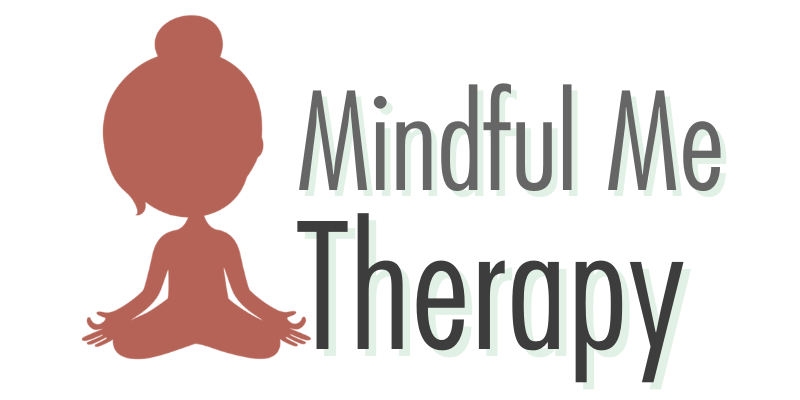How Kids Learn Color: A preschool cognitive milestone
Learning about color is an important part of a child’s development and is big milestone for preschoolers. True color recognition means that children are able to match, identify and name colors. Learning colors is an abstract concept that takes time. Learning colors follows a developmental progression that includes a variety of foundational skills that children need to master before they are able to truly understand color. Remember that each child develops at a different rate and the below progression is just a general guideline for when children will move through each stage.
Color recognition progression:
Understanding the concept “same” and “different”
This foundational skill develops around 18-24 months and is the general idea that some things are the same and some things are different. Try this: You can help your child with this milestone by simply pointing out things in their environment that are the same and things that are different.
Linguistic comprehension of color words
In simple terms this means that children will say color words before they understand their meaning and the concept of color. Around 24 months many children will begin to have color words in their vocabulary. Try this: When speaking to your child add in color words! This might sound like “Look at that blue truck!” or “Here is your red cup.”
Sorting objects by category
Between 2 and 21/2 children will start to be able to sort objects by category. Think about this in terms of broad categories like animals, blocks, cars, clothing ect. Try this: Clean up time is the perfect opportunity to naturally introduce sorting by category. This might sound like “Watch me! We are putting all the animals in this bin and all the blocks in this bin. Your turn!”
Matching colors
The ability to match colors develops around 2 1/2. Keep in mind that children still do not necessarily understand the concept of color but they start to be able recognize colors that are the same and match them together. Try this: Hold up a block and ask you child to find a matching one. This sounds like: “Look at my red block. Can you find another red block for me?”.
Receptively identifying colors
Receptive identification means the ability to hear a color and find that color. Children start to be able to do this between 2 1/2 and 3. This skills shows us that children understand the concept of what a color is. Try this: Have a scavenger hunt at home. Ask your child to find things that are a certain color around the house.
Naming colors
This is final piece of the progression and means that when you hold something up and say “What color is this?” that your child is able to correctly name the color. By 3 most children know at least one color and by 4 children will know a variety of colors.
Color is one of the more challenging pre-academic skills that your preschooler learns. Teaching colors can be complicated because of its abstract nature. At this age learning occurs through play and daily routines and experiences. The best way to support your child in developing this new skill is to understand what they are already interested in and add in some of the simple strategies and ideas listed above.
